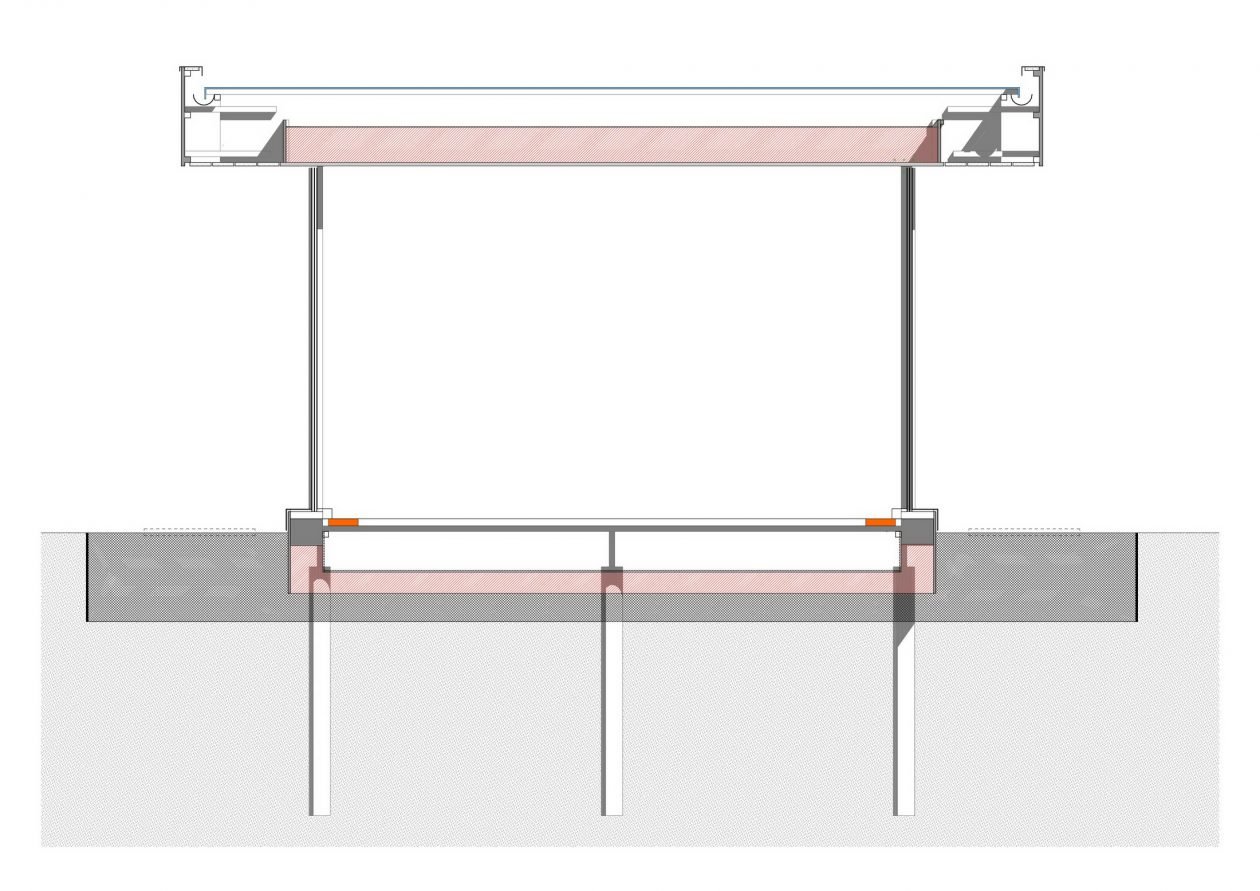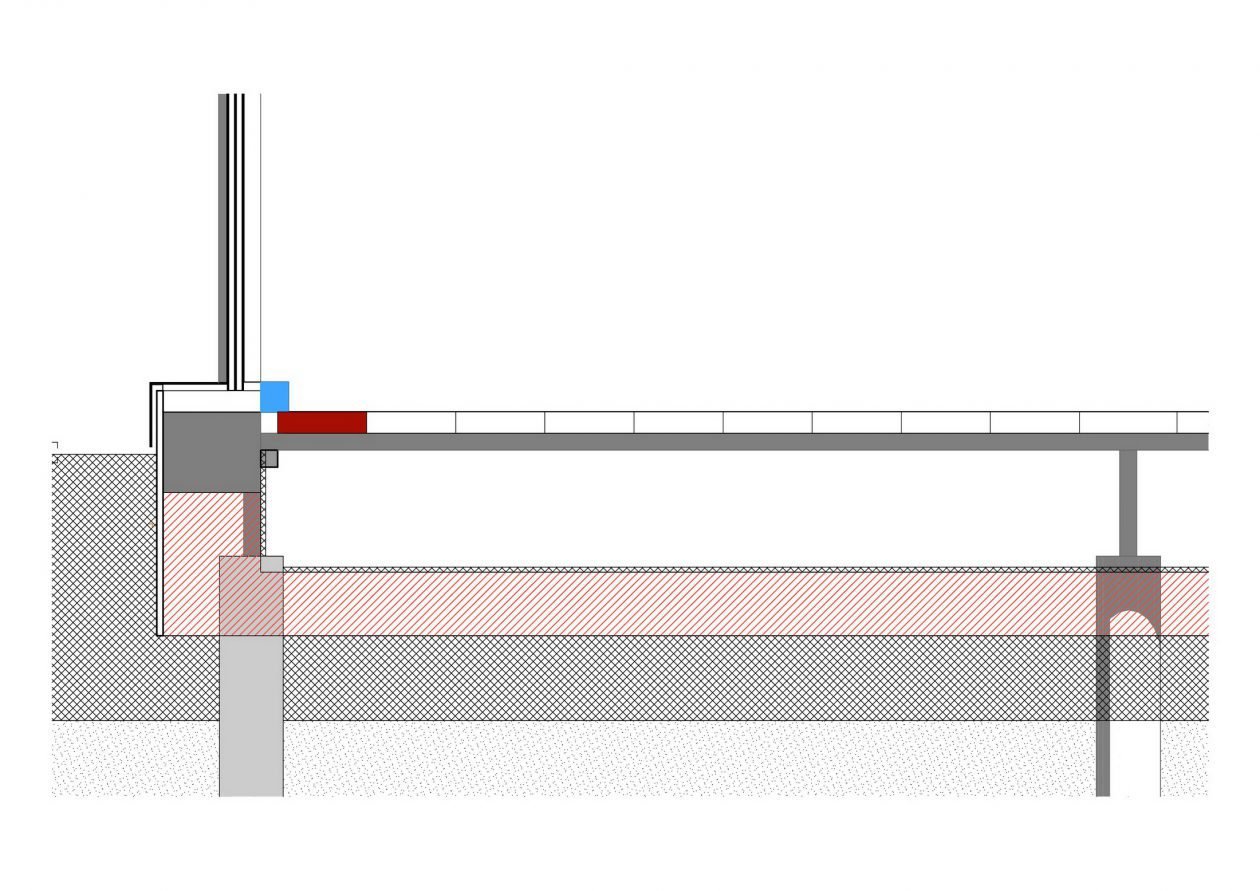Now we will discuss the floor. That will take a bit. Not because it’s complicated but because it’s way different compared to what we used to see. In case it seems overwhelming, it’s normal. It’s not your fault.
My biggest problem … I wanted to solve the electric cables and electricity. Smart house modifications in the long run. And plumbing as well.
Read the theory above. In case you skipped it. It will genuinely save thousands of dollars on cables and plumbing in the long run.
Wanted a cheap and great solution with a good compromise. Fixing leakage as an example. Getting to the plumbing easily.
Not that things should leak but … but who wants to destroy the floor overtime? Several and many modifications along the years could be done quite easily and cheaply if we have access. Even repositioning the bathroom or the kitchen shouldn’t be a problem.
Building this way costs way-way less compared to conventional construction methods. Especially if we consider the enormous insulation below the floor. (with no weight on it). So it can be cheaper. Better said affordable.

Initially I wanted a floor that could be moved. All of it. In time I realized it makes no sense. 2 holes along the margins (near the windows) is more than enough for easy access to the cables and electric plugs. Elegant, dynamic solutions in principle.
My preferred insulation here would be polystyrene. I am not the biggest fan of polystyrene at all … but here it would be perfect. It’s quite big, insulates well. No need to buy the strong versions. (No weight on it.) therefore prices go down. We can position them “directly” on the earth or preferably gravel or rocks. No specialized transportation, machinery or skills needed.
Therefore workmanship gets cheap. Compared to classical constructions we might have tripled the insulation at a fraction of the price).
To prevent an eventual fire we need to fireproof it. Especially within the vicinity of the electric cables.
Have 2 suggestions here.
Sand on top of it. That will be the perfect barrier between cables and polystyrene. In case of an eventual water leakage the water could run down easily without harming the constructions or soaking the cables.
Another alternative would be a layer of thin ferrocrete. Chicken wire on the polystyrene then a 1.5cm …2/3 inch concrete. The mesh will hold concrete in its place. Cracking won’t occur. Would make a few holes on purpose. At an eventual water leakage … the extra water could go underground. It won’t accumulate on the electric cables.
In case of a rodent infestation area (The middle of agricultural fields) needs an extra solution. Especially when the house is abandoned for months. A rat protection under the polystyrene would work out as well. Rocks and gravel … probably it’s not their favorite. So predictable here: rectangular chicken wire solves the situation :))
Notice the rectangular wood near the windows. (On the floor.) Basically these are relatively easy to move parts. Easy to disassemble. Our access to the cables and piping.
The power outlets, internet … basically gadgets could be embedded in these rectangular wooden parts near the window. A quite elegant, easy to clean solution. Way better than cables running all over the house.

The blue and red can be removed easily so we can access the cables piping below. The rest of the roof is interlocked in between so it won’t move.
Probably most plumbers would shoot me here. And they are right 🙂 A flexible “garden hose” like piping would be really easy to work with. Especially in our case.
A remote controlled small toy car with a camera could bring a rope to the other side of the house. With that rope we can pull anything exactly where we want it. (electricity or water in the middle of the room). Imagine a house way bigger and wider than this. The solution would work out well.











